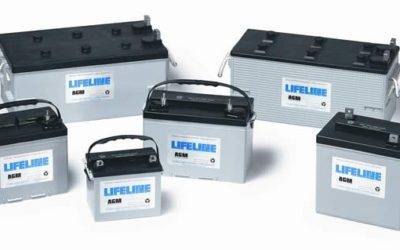Welcome to the
Knowledge Center
We are here to help.
If you cannot find what you are looking for below, we are standing by to help you with your battery needs. Feel free to contact us anytime and talk to a real person. We have a full technical support staff here Monday through Friday from 7:30 am to 4:00 pm.
Technical Info
Material Safety Data Sheets (PDFs)
Battery Transportation
Warranties
Most Common Faqs
What does AGM stand for?
It stands for Absorbed Glass Mat, the type of separator used in all Lifeline® AGM batteries.
What is the difference between AGM batteries and Gel batteries?
Both AGM and Gel batteries utilize oxygen recombination and pressure relief valves to minimize water loss and allow maintenance-free operation. That is where the similarities end. AGM batteries have the advantage of being mountable in any orientation without capacity loss, have lower internal impedance to support high load currents, and have better capacity at lower temperatures. Gel batteries must be mounted upright to prevent air pockets from forming that will burn out the plates. They have inferior performance at high discharge rates and low temperatures.
Can Lifeline® AGM batteries be installed in sealed containers?
NO! Do not install Lifeline® AGM batteries in a sealed container or enclosure. During storage, charging, or discharging hydrogen gas can be released and must be ventilated to prevent the possibility of ignition and/or explosion.
How can I tell if my battery is fully charged?
What causes some batteries to have convex or concave end walls?
Calculators
Which Lifeline Battery fits your needs? Use our calculators to consider power requirements, space allocation, charging protocol, weight restrictions, safety considerations and budget planning.
Resources
Compare Battery Types
A description of battery types compared with possible illustrations.
Glossary
Define select terms
News & Updates
Mind-blowing facts about AGM batteries
Demand for low-maintenance goods and services is being driven through the roof by our busy lives, and batteries are no exception. Since we prefer...
What makes racing batteries so important?
The world of racing cars is becoming more and more rooted in technology and perfect engineering. Whether it’s the brute force approach taken by...
Can I equalize AGM batteries?
Most of you have heard that you cannot equalize AGM batteries. Lifeline Batteries can be equalized
How to tell if you have a “Bad” battery?
This common phrase comes up a lot in the world of batteries. Ironically there are very few actual “bad” or…


